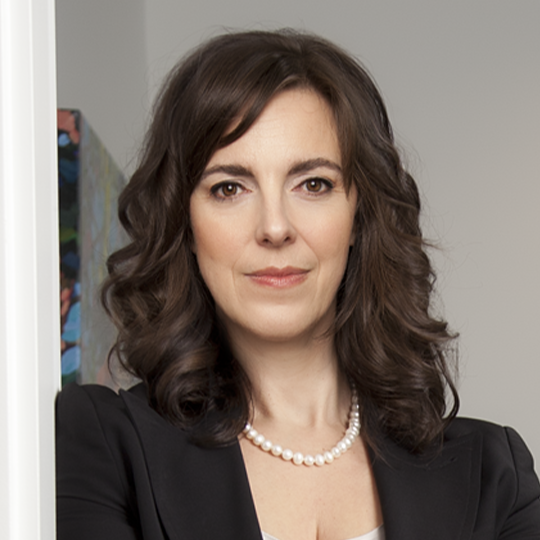It is not just leaders and underrepresented groups who must help improve representation
My client dialled into telephone court chambers last week to listen to our document production application. He was entertained to hear opposing counsel and I refer to each other as “my friend” during hotly contested submissions. But in a profession where civility and respect are built into our professional standards, are we doing a good job of supporting each other as friends? An article about law firms in the Globe and Mail’s Power Gap series confirms that we are not.
The focus of the Power Gap series is pay equity, and the findings are unsurprising. Women are underrepresented at the partnership level and paid less than men. Women leaving law is a tired refrain that I have heard continuously since my call to the bar in 2004. More recently, our profession is beginning long-overdue discussions about the underrepresentation of BIPOC lawyers and LGBTQ2S+ lawyers. The same discussions should be happening about lawyers with disabilities and other underrepresented groups.
How can it be that women are still underpaid and underrepresented despite the attention on this issue for decades? Is there any hope that our profession will ever fairly and equitably include BIPOC and LGBTQ2S+ lawyers when these discussions only started much more recently? More importantly, who has the power and responsibility to bring about change?
Traditionally, we have looked to leadership — the managing partners and our professional regulators (largely, white men). While the Power Gap article statistics show some improvements for women in our profession from 1998 to 2018, we still have a long way to go.
The burden of achieving equality often falls to the members of a disadvantaged group. Women lobby for law firm maternity leave policies. BIPOC lawyers are educating white lawyers about racism and white privilege. Lawyers from underrepresented groups are rarely in leadership positions. The work is grassroots and gruelling. Gains are hard fought and incremental.
If we continue to leave the responsibility for change to the managing partners, law societies and underrepresented groups, we will be having the same discussions for another 20 years. Instead, what if each of us lived up to our professional standards of respect and supported each other as friends? Instead of being silent bystanders, what if we each stood up and acted?
Bystander intervention
The idea of bystander intervention as the key to ending workplace discrimination and harassment is not new. In 2016, after a lengthy longitudinal study, the U.S. Equal Employment Opportunity Commission published a report finding no evidence that traditional harassment training was effective in reducing the prevalence of harassment. One of the fatal flaws to traditional programs was the exclusive focus on victims (they should speak up) and harassers (they should stop). These programs completely ignore the silent majority of the workforce: the bystanders.
Bystander training has since emerged as a best practice in harassment training, but, in my experience, most lawyers have never heard of it.
To speak up, bystanders need to be able to identify harassment and discrimination, and they need to learn and practice intervention strategies. Having conducted bystander training across industries, I know that lawyers are uniquely well equipped to be active bystanders. We understand legal concepts such as harassment and discrimination, and, as professional advocates, our job is literally to stand up for others. If we can advocate for the rights of our clients, surely, we can do the same for the colleagues we refer to as “friends.”
In B.C., our Code of Professional Conduct includes:
• 6.3-3 A lawyer must not sexually harass any person.
• 6.3-4 A lawyer must not engage in any other form of harassment of any person.
• 6.3-5 A lawyer must not discriminate against any person.
I encourage you to look at these rules in your jurisdiction. As bystanders in legal workplaces, lawyers are responsible for upholding requirements set by our regulatory bodies. Observing the rules ourselves is not enough. We cannot stand by silently while others breach these same rules. It is our professional responsibility to take action against discrimination and harassment.
Every lawyer in Canada has the responsibility and the opportunity to make a difference in ending harassment and discrimination in our profession. Change from the top is important, and our managing partners and law societies must do more. But each of us also needs to do our part as bystanders to stand up for our friends from underrepresented groups in this profession.











